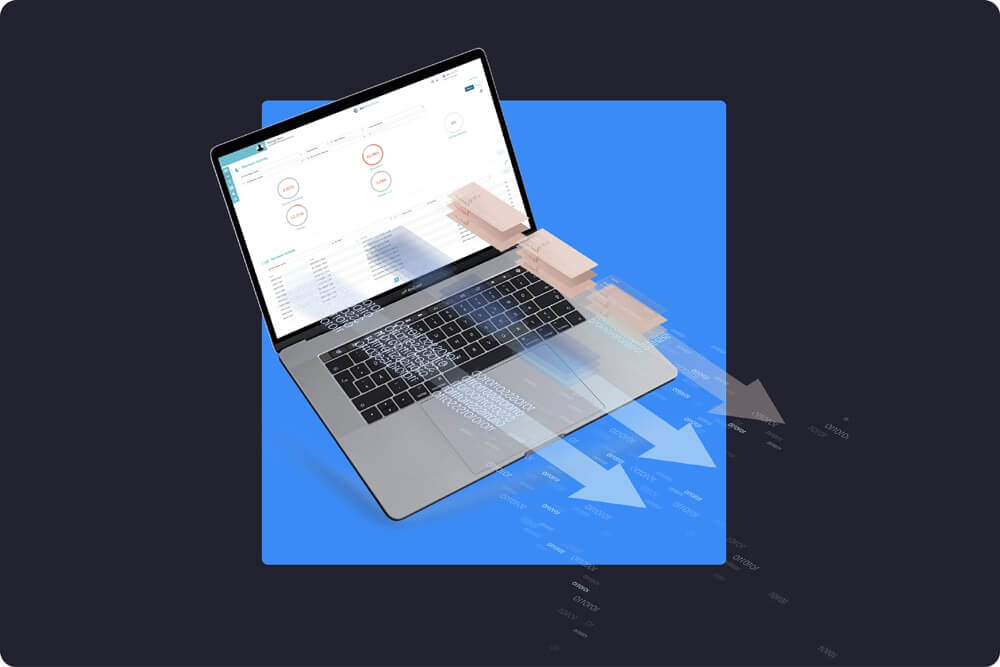Smart, secure and streamlined payments convert your AP department from a cost center to a revenue generator.
Technology, Innovation, and Automation for Buyers and Suppliers


In these unprecedented times, companies globally are rethinking, re-educating, and retooling their organizations to grow and thrive in the state we’re currently living in. Although this could take many forms, technology, innovation, and automation play a big part in this transformation.
Just a few months ago, no one realized how much we take for granted in our personal and business lives. We couldn’t comprehend a time when we wouldn’t be able to visit with family and friends, go to restaurants, or attend a sporting event. We didn’t think we would be scrambling to complete the day-to-day business functions we typically accomplished without thought.
There are some silver linings, however, from families growing closer and air pollution being at its lowest, to the amazing technology that is keeping us connected. Technology, innovation, and automation are needed now more than ever as companies begin the journey of rebuilding and growing their business. This includes enhancing the relationship between businesses and their suppliers.
Let’s focus on suppliers who provide the materials needed to produce a company’s own goods and services for their customers. Suppliers provide a competitive advantage from better prices and delivery times to increased opportunities and innovative practices. In turn, suppliers are looking to do business with companies that are efficient and implement technology to automate repetitive processes, such as invoicing and payments. Reducing time and cost are attractive and quite frankly, a necessity.
Accounts payable is filled with repetitive processes. Companies can reinvent their AP departments by working closely with their suppliers to provide invoicing and payment flexibility. In general, more companies are moving away from paper checks to electronic business-to-business (B2B) payments, with two preferred methods, Automated Clearing House (ACH) transactions, and corporate credit card payments including virtual cards, ghost cards and purchasing cards (PCards).
Not all forms of electronic payments are created equal. Reconciliation for ACH payments is still cumbersome and relies heavily on manual processes, placing a burden on AP staff. ACH requires the business (buyer) to have the supplier’s bank account information and many suppliers are reluctant to provide this, especially for a one-time buy. In addition, the buyer assumes the risk associated with maintaining and updating the supplier’s bank account information. Also, the remittance information sent with ACH payments typically requires manual intervention.
Virtual card payments use a unique 16-digit computer-generated number to settle a specific supplier payment transaction and is issued for an exact dollar amount. Virtual cards can be processed by any supplier who accepts traditional credit card payments. The buyer isn’t required to store the supplier’s bank information, which reduces security and fraud risks. Virtual cards also provide the buyer and supplier with transaction visibility and increased efficiency. Virtual card information is sent electronically with complete detailed remittance information and does not require any manual processing.
Virtual cards also provide companies with the ability to earn rebates from check and ACH disbursements migrated to card payments based on a defined percentage of the total monthly transaction value. The higher the card spend levels, the higher the rebate dollars. With virtual cards, many AP departments have generated enough new income to fund process improvement capital projects including payment automation, e-invoicing systems, or ERP conversion.
Ghost cards, like virtual cards, do not involve a physical plastic card, but a unique 16-digit computer-generated account number linked to a high-limit charge account that businesses use to conduct a high number of transactions. A buyer can issue a ghost card to a supplier for ongoing use. Some suppliers provide information via a data deed to ERP systems to automate and streamline reconciliation. Ghost cards also reduce invoices and improve purchasing efficiency.
Purchasing cards (PCards) are issued by companies to their employees to charge goods and services on behalf of their employers without having to follow the traditional purchase request and approval process. Businesses use PCards for high-volume transactions, to replace checks, and to make the payments to suppliers more automatic. Unlike virtual and ghost cards, PCards still have the same fraud risks associated with traditional plastic credit cards, plus the additional risk from personal/employee expenditures and circumventing company procurement policies. Another challenge is that purchases made with PCards can be allocated across several company departments, creating a manual reconciliation process to determine which purchases are to be charged to each department.
As technology continues to influence the competitive landscape of business, it will be important for buyers and suppliers to collaborate and adapt together. Ease of business and payment flexibility will be critical in the challenge to reduce costs, remain competitive, and find new income for business growth. In the past, we have seen that disruptive times have pushed leaders and forward-thinking companies to act in unconventional ways and change standard operating procedures that uncover great new ways to conduct business and achieve even greater success.
Smart, secure and streamlined payments convert your AP department from a cost center to a revenue generator.
